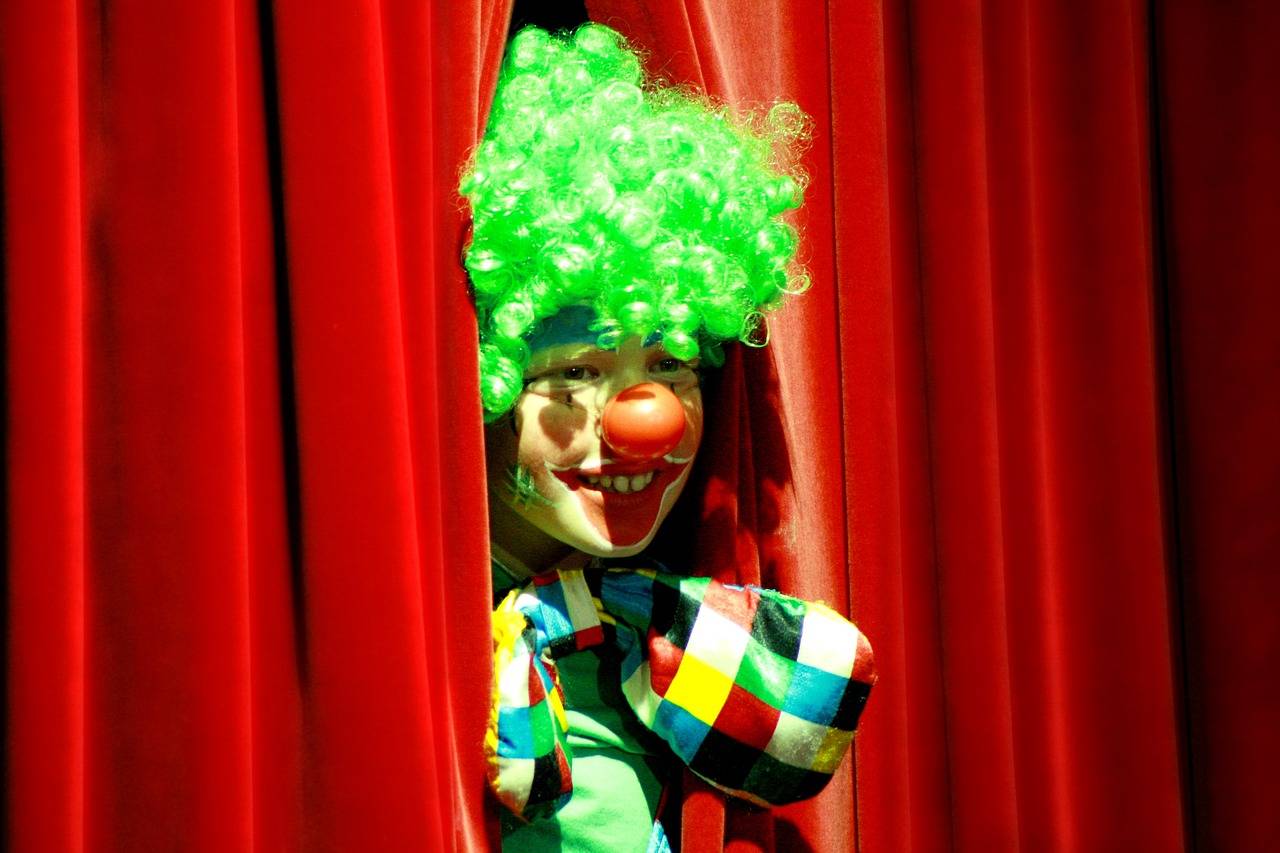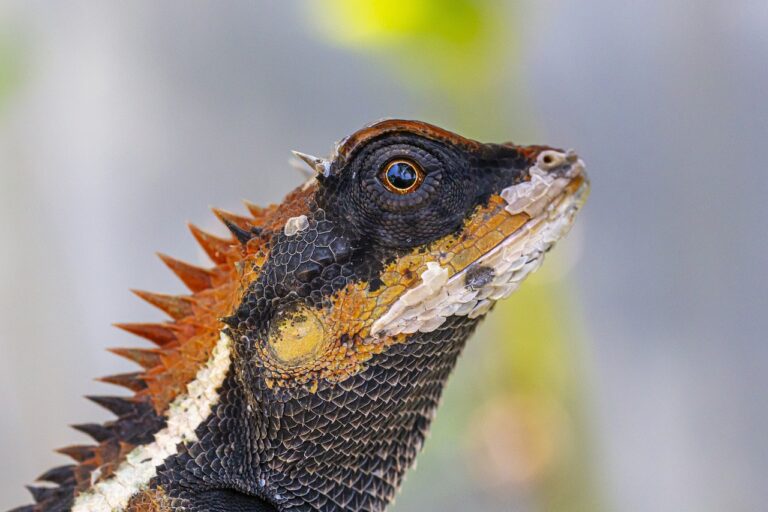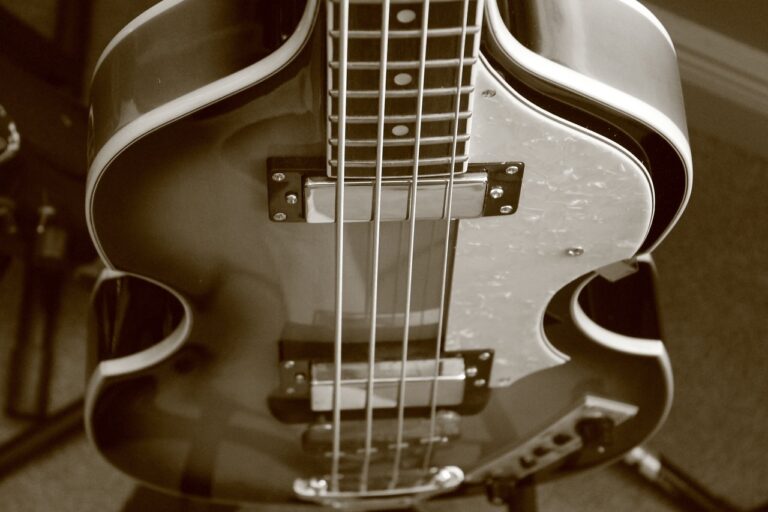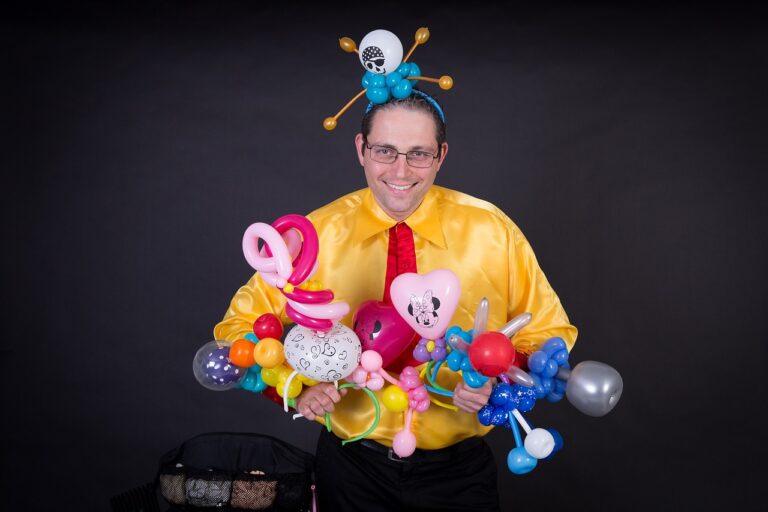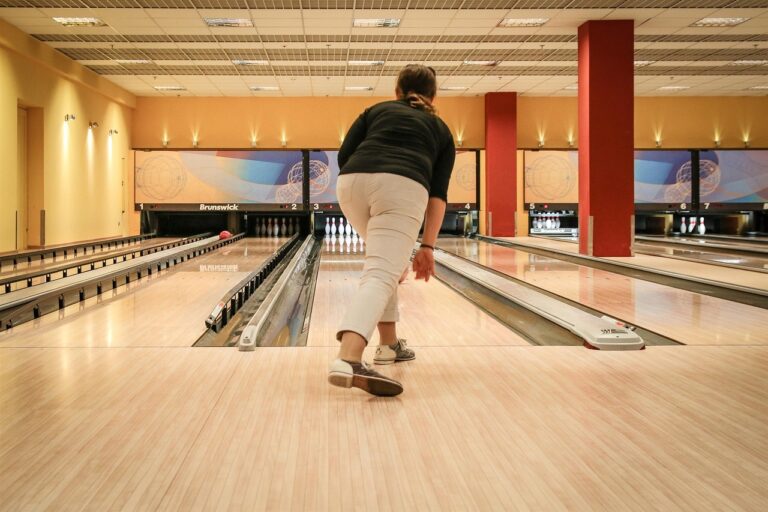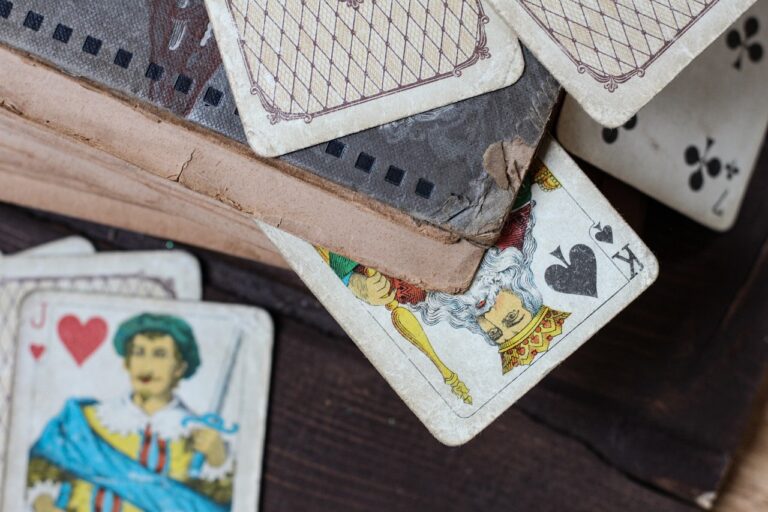Fashion Photography Lighting Techniques: Creating Ambiance
allpanel login, mahadev online book, cricket online id:Fashion photography is all about creating ambiance and capturing the essence of style and beauty. Lighting plays a crucial role in achieving the desired mood and highlighting the details of the clothing and accessories being showcased. In this article, we will explore some of the most popular fashion photography lighting techniques that can help you elevate your images and create stunning visuals.
1. Natural Light: One of the most popular and versatile lighting sources for fashion photography is natural light. By shooting outdoors or near a window, you can take advantage of the soft, diffused light that enhances skin tones and textures. To control the intensity and direction of the light, you can use reflectors or diffusers.
2. Studio Lighting: For indoor shoots, studio lighting offers a controlled environment where you can manipulate the light to create various effects. Key lights, fill lights, and backlighting are commonly used in fashion photography to illuminate the subject and create depth in the image. Experiment with different lighting setups to find the one that best complements your style.
3. High-Key Lighting: High-key lighting is characterized by bright, even lighting that minimizes shadows and highlights the model’s features. This technique is often used in fashion photography to create a clean and polished look. To achieve high-key lighting, use multiple light sources positioned around the model to ensure even illumination.
4. Low-Key Lighting: In contrast to high-key lighting, low-key lighting uses dramatic shadows and contrast to create a sense of mystery and sophistication. This technique is ideal for capturing the mood and drama of high-fashion editorials. By placing the key light at a 45-degree angle to the subject, you can create striking shadows that add depth and dimension to the image.
5. Rembrandt Lighting: Named after the famous Dutch painter Rembrandt, this lighting technique involves illuminating one side of the face while leaving the other side in shadow. The resulting triangle of light on the cheek creates a classic and timeless look that is commonly used in fashion portraiture. Experiment with the position of the key light to achieve the desired effect.
6. Beauty Dish: A beauty dish is a specialized lighting modifier that produces soft, diffused light with a hint of contrast. This popular tool in fashion photography creates a flattering glow on the model’s skin while highlighting facial features and textures. Position the beauty dish slightly above the model’s head to achieve a natural and flattering light.
Fashion Photography Lighting Techniques: Creating Ambiance
7. Ring Light: A ring light is a circular light source that surrounds the camera lens, creating a shadow-free illumination that evenly lights the subject. This lighting tool is commonly used in beauty and fashion photography to create a soft and flattering light that enhances the model’s features. Experiment with different camera angles to achieve the desired effect.
8. Gels: Lighting gels are colored filters that can be placed over the light source to add a creative and artistic touch to your images. By using gels in fashion photography, you can manipulate the color temperature of the light and create a unique ambiance that complements the clothing and accessories being showcased. Experiment with different gel colors to add a pop of color to your images.
9. Silhouette Lighting: Silhouette lighting involves positioning the model against a bright background, with the light source behind the subject. This technique creates a striking silhouette that highlights the outline and shape of the model while concealing details. Silhouette lighting is ideal for creating dramatic and bold images that stand out.
10. Mixed Lighting: Mixing different lighting sources, such as natural light and artificial light, can add depth and dimension to your fashion images. By combining ambient light with studio lighting, you can create a dynamic and visually interesting composition that captures the essence of the scene. Experiment with blending different lighting sources to achieve a unique and captivating look.
Fashion photography is a creative and dynamic field that requires careful attention to lighting techniques to create ambiance and evoke emotion in the viewer. By experimenting with different lighting setups and modifiers, you can elevate your images and take your fashion photography to the next level. Remember that practice makes perfect, so don’t be afraid to try new techniques and push the boundaries of your creativity.
FAQs
Q: What is the best lighting setup for fashion photography?
A: The best lighting setup for fashion photography depends on the desired mood and style of the shoot. Natural light, studio lighting, high-key lighting, and low-key lighting are popular choices that can help you achieve different effects.
Q: How can I control the intensity and direction of light in my fashion images?
A: To control the intensity and direction of light in your fashion images, you can use reflectors, diffusers, and modifiers such as beauty dishes and gels. Experiment with different tools to find the lighting setup that best complements your style.
Q: What are the key considerations when choosing a lighting setup for a fashion shoot?
A: When choosing a lighting setup for a fashion shoot, consider the desired mood, style, and theme of the images. Take into account the clothing, accessories, and model’s features to create a cohesive and visually appealing composition. Experiment with different lighting techniques to find the one that best highlights the subject.
Fashion photography is a collaborative and creative process that requires a keen eye for detail and an understanding of lighting techniques to create ambiance and evoke emotion in the viewer. By experimenting with different lighting setups and modifiers, you can elevate your images and capture the beauty and style of the fashion world. Remember to practice and explore new techniques to expand your skills and enhance your photography portfolio.

